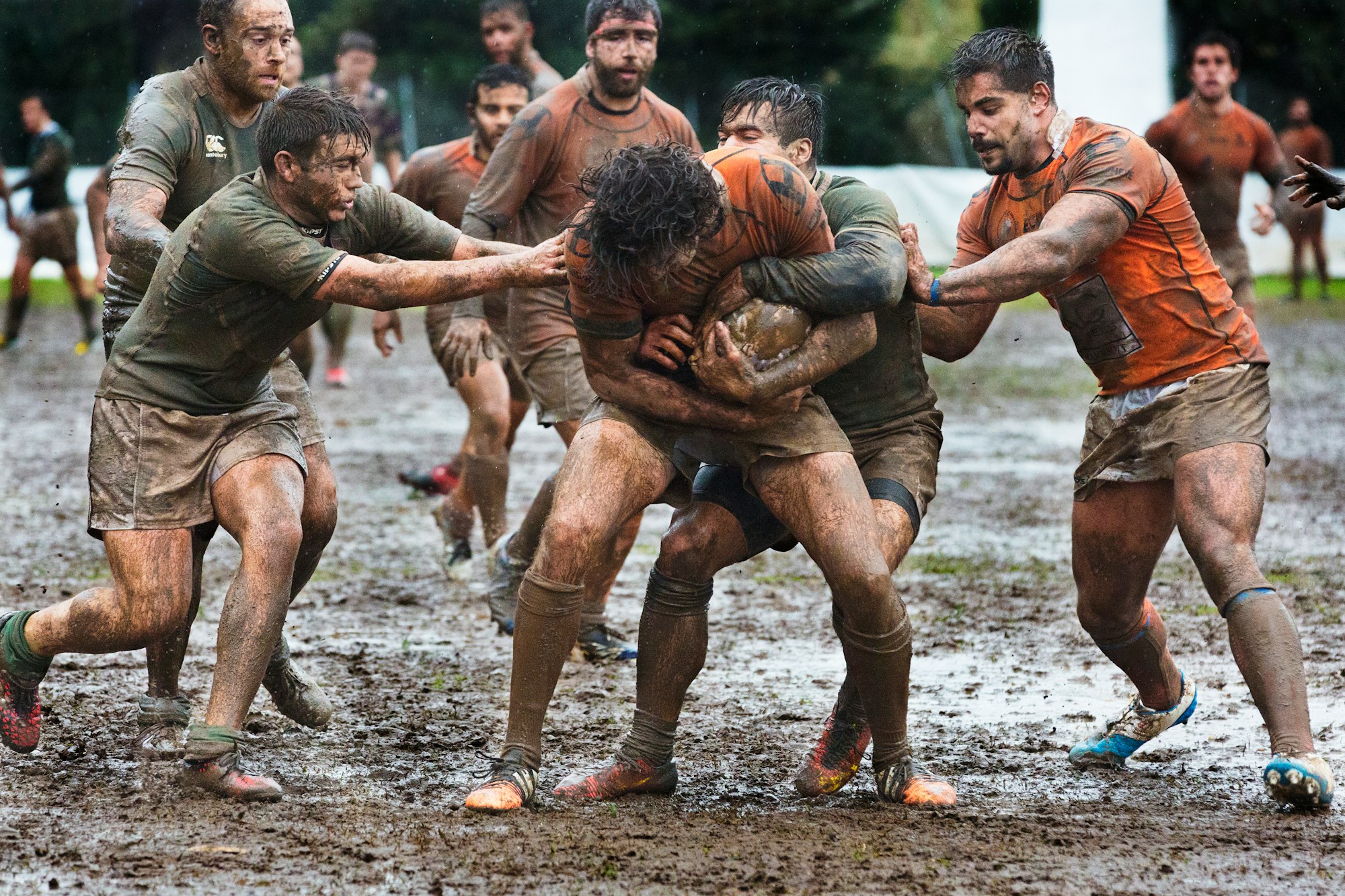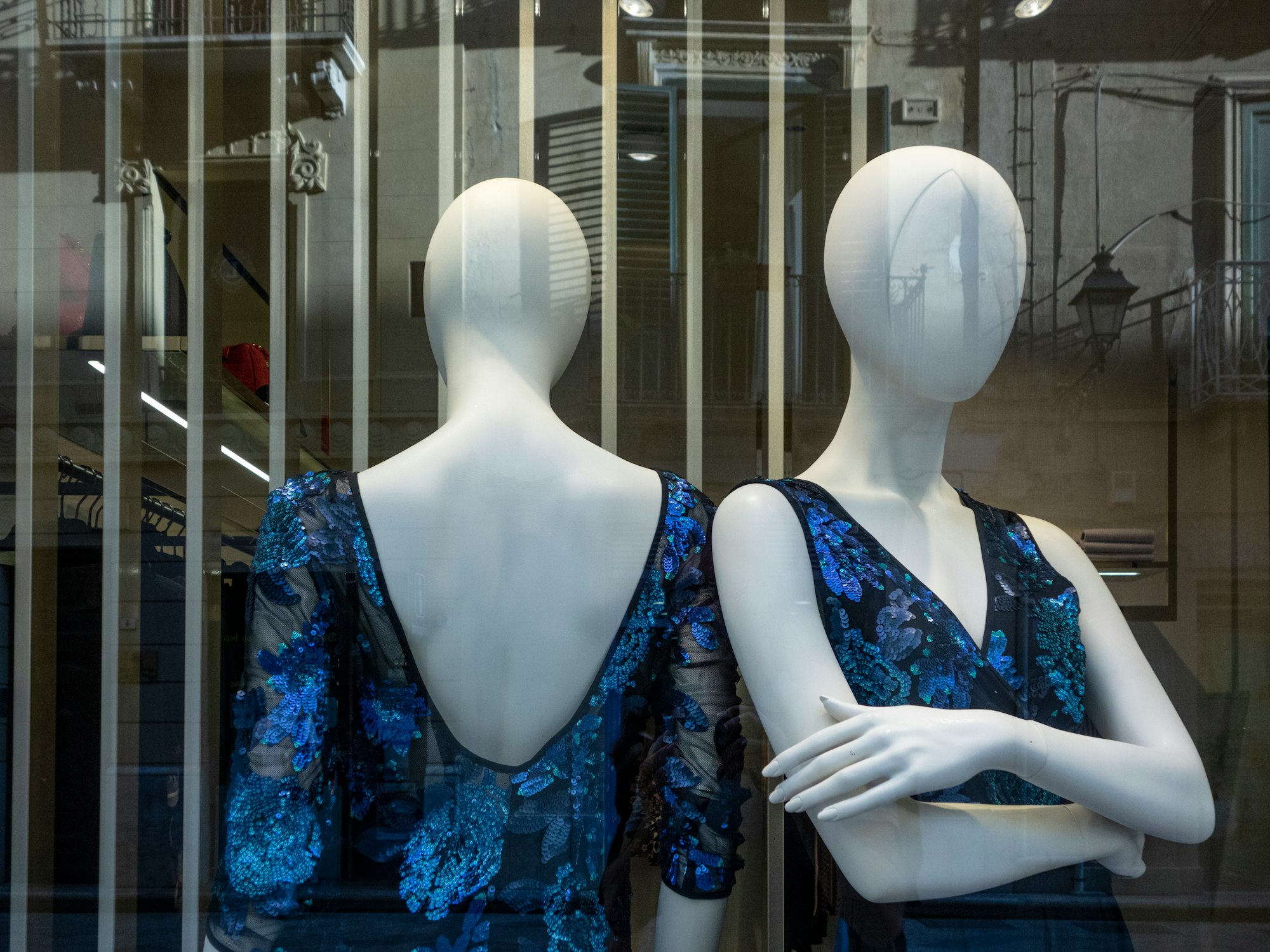As I was trying to pin down the internal conflicts for Seep’s main characters, I realized I was drifting too much into external conflict territory. The margins were not clear. I took a break and refreshed myself on the differences between these two types of conflict.
Internal Conflict
Internal conflicts take place in the mind of your character. These are battles of the self. They can take the form of beliefs, emotions, cognitive dissonance, dreams, mental illness, or self-talk, to name a few. And just like we all experience in our own psyche, these private gremlins are not always rational or true.

Internal conflict gives your characters complexity and makes them interesting. It helps your reader understand the motivations behind your characters’ actions, and to feel empathy for the struggles of what might otherwise be a two-dimensional paper doll.
These conflicts inside the heads of your characters are not just there for window dressing. They serve a structural purpose in your storytelling. Your characters’ struggle to overcome their inner conflict powers an engine of rising tension to fuel the intensity of your story.
External Conflict
External conflict comes from forces and events outside of our characters. They fall into the following categories.

Character Versus Other People
Examples include personal conflict, competition, greed, and jealousy.
Character Versus Nature
Examples include animal attacks, weather, terrain, or limited natural resources.
Character Versus Society
Examples include economics, religion, freedom, injustice, and politics.
Character Versus Technology
Examples include automated factory jobs, sentient computers, broken machines, and robots.
Character Versus Supernatural
Examples include ghosts, vampires, zombies, magic, and ethereal/occult forces.
Just like internal conflict, external conflict is one of your storytelling tools. It grounds us in the moment and drives the gears of the plot. By giving our characters something to struggle against, we are raising the stakes and increasing dramatic tension. External conflict helps the reader to further understand the motives of characters, particularly non-point of view characters.
Interface Between Internal and External Conflict
Both types of conflict work together to provide context and weight to the stakes at risk in your scenes. How internal and external conflicts play off of each other will help or hinder your character in their growth and in meeting their goals.

For example, Seep’s main character’s socially isolated childhood stunted the development of her people skills. She is very anxious about fitting in with the rest of the police force (internal conflict). It doesn’t help that the rest of the force thinks she is a fake psychic and resents her presence on the team (external conflict). So, when someone on the police force is particularly unwelcoming to her, she gets extra awkward. She might say something stupid while spilling her soda on the Sargent, therefore confirming everyone’s poor opinion of her (intersection of internal and external conflicts).
If you enjoyed this post, please consider supporting me a buck a month on Patreon by clicking on the link below. I am trying to reach my $500 a month goal.
Become a Patron!This post was made possible with the generous support of the following patrons. Thank You!
- Kid Cryptid
- Cynthia Keller
- Pat Schoettker

